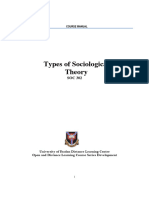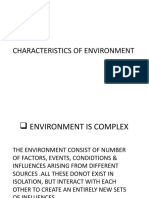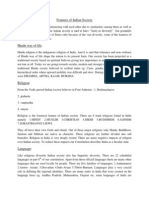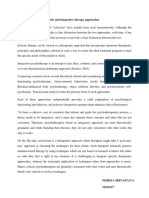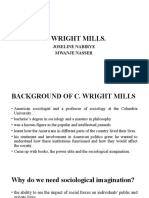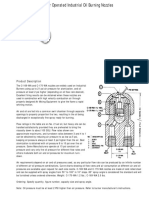100% found this document useful (1 vote)
752 views19 pagesAECC - Environmental Studies Notes
The document discusses the layers of the atmosphere and their characteristics. It also defines ecosystems and their components. Further, it describes different types of ecosystems like terrestrial and aquatic. It explains concepts like food chain, food web, biodiversity, causes of biodiversity loss. Methods of biodiversity conservation and various environmental issues are also covered.
Uploaded by
niranjanbhat2003Copyright
© © All Rights Reserved
We take content rights seriously. If you suspect this is your content, claim it here.
Available Formats
Download as PDF, TXT or read online on Scribd
100% found this document useful (1 vote)
752 views19 pagesAECC - Environmental Studies Notes
The document discusses the layers of the atmosphere and their characteristics. It also defines ecosystems and their components. Further, it describes different types of ecosystems like terrestrial and aquatic. It explains concepts like food chain, food web, biodiversity, causes of biodiversity loss. Methods of biodiversity conservation and various environmental issues are also covered.
Uploaded by
niranjanbhat2003Copyright
© © All Rights Reserved
We take content rights seriously. If you suspect this is your content, claim it here.
Available Formats
Download as PDF, TXT or read online on Scribd
/ 19










